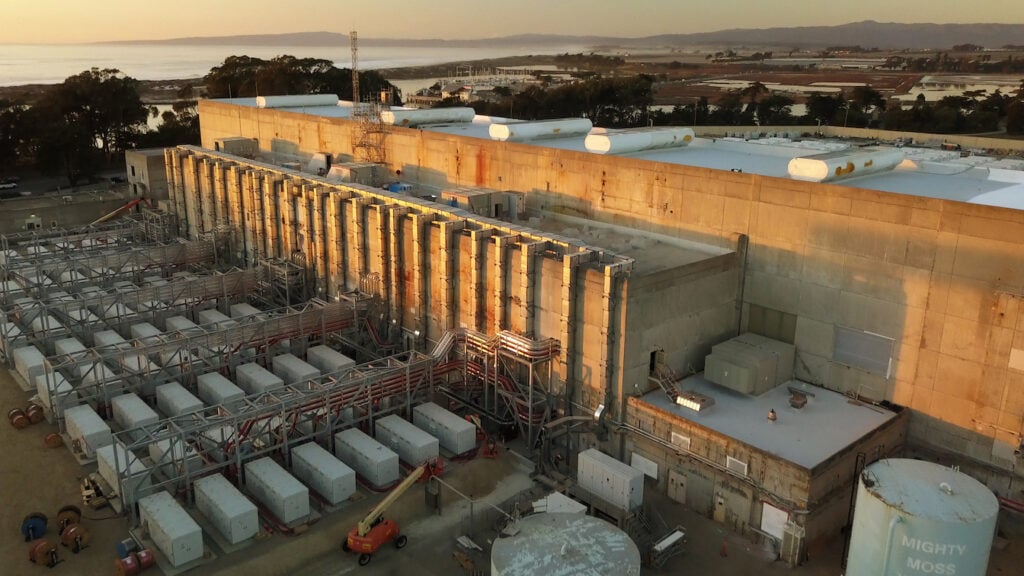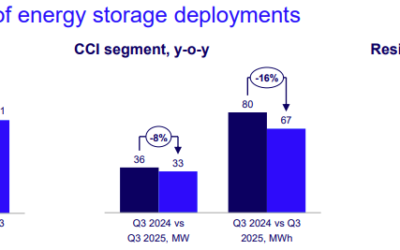
Battery storage capacity in the US more than tripled to 4,631GW in 2021 and increasingly broadened out of ancillary services, according to the Energy Information Administration (EIA).
The amount of battery storage capacity grew 220%, from 1,438MW in 2020, driven by the commissioning of 106 utility-scale systems with 3,202MW, the EIA said. That means 2,923MW of new battery storage entered commercial operation over the course of the year.
Its storage figures, part of an early release of the final EIA-860 data, differ from other market reports from organisations such as Wood Mackenzie, BloombergNEF and American Clean Power.
BloombergNEF reported that 4.2GW of battery storage was added in 2021, bringing the total to 6.6GW installed, while Wood Mackenzie’s figures said 3.5GW of ‘energy storage’ was brought online. American Clean Power (ACP) estimated that 2.6GW was brought online, with the cumulative total reaching 4.6GW (4,588MW), though the ACP’s figures only included grid-scale.
Try Premium for just $1
- Full premium access for the first month at only $1
- Converts to an annual rate after 30 days unless cancelled
- Cancel anytime during the trial period
Premium Benefits
- Expert industry analysis and interviews
- Digital access to PV Tech Power journal
- Exclusive event discounts
Or get the full Premium subscription right away
Or continue reading this article for free
The EIA also noted a broadening of the role batteries play beyond the traditional ancillary services that typically birth the battery energy storage market.
Although stable revenue-generating services like frequency response and ramping or spinning reserve continue to represent a significant share of the use case capacity, arbitrage, load management and response to excess wind and solar generation are increasingly mentioned as use cases.
In 2021, arbitrage was cited as a use case for half of grid-scale batteries installed, though the EIA did not say how far this had increased. The amount of batteries citing load management as a use case grew from 110MW in 2020 to 854MW in 2021, a nearly eight-fold rise. Some 1,086MW of batteries citing wind and solar power firming came online over the course of the year.





